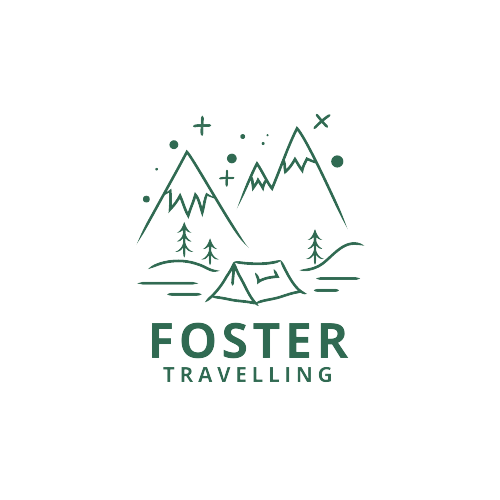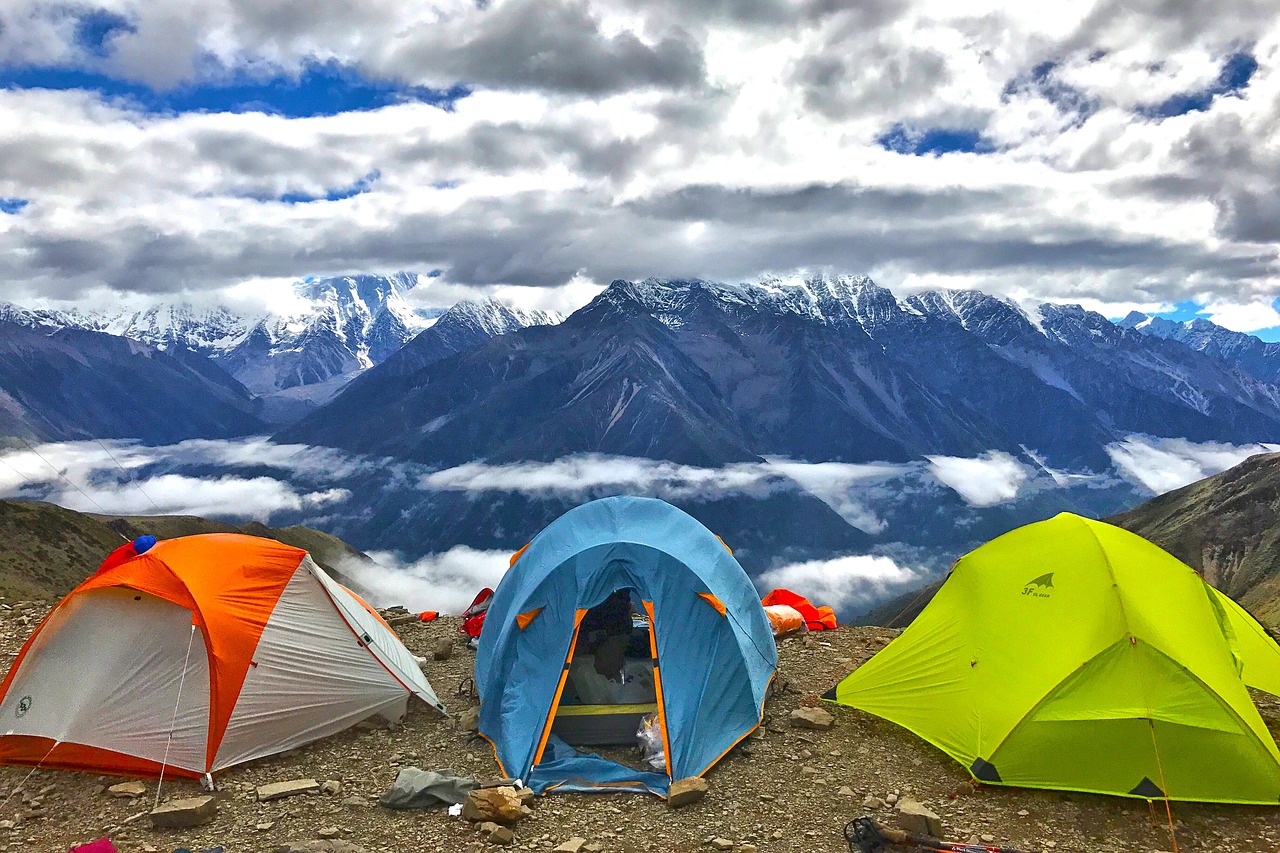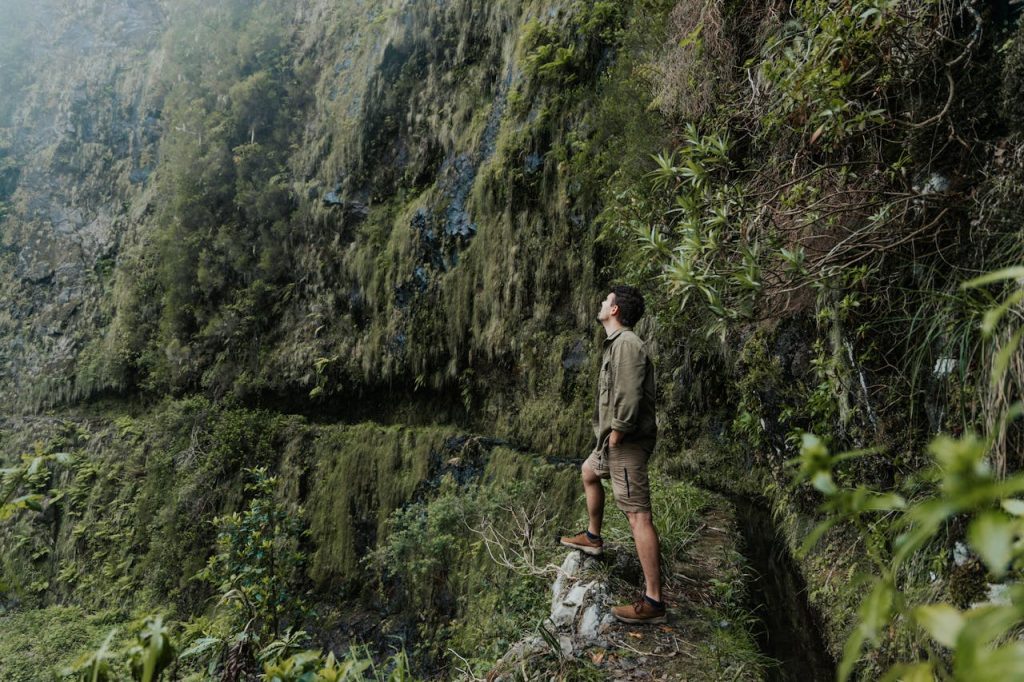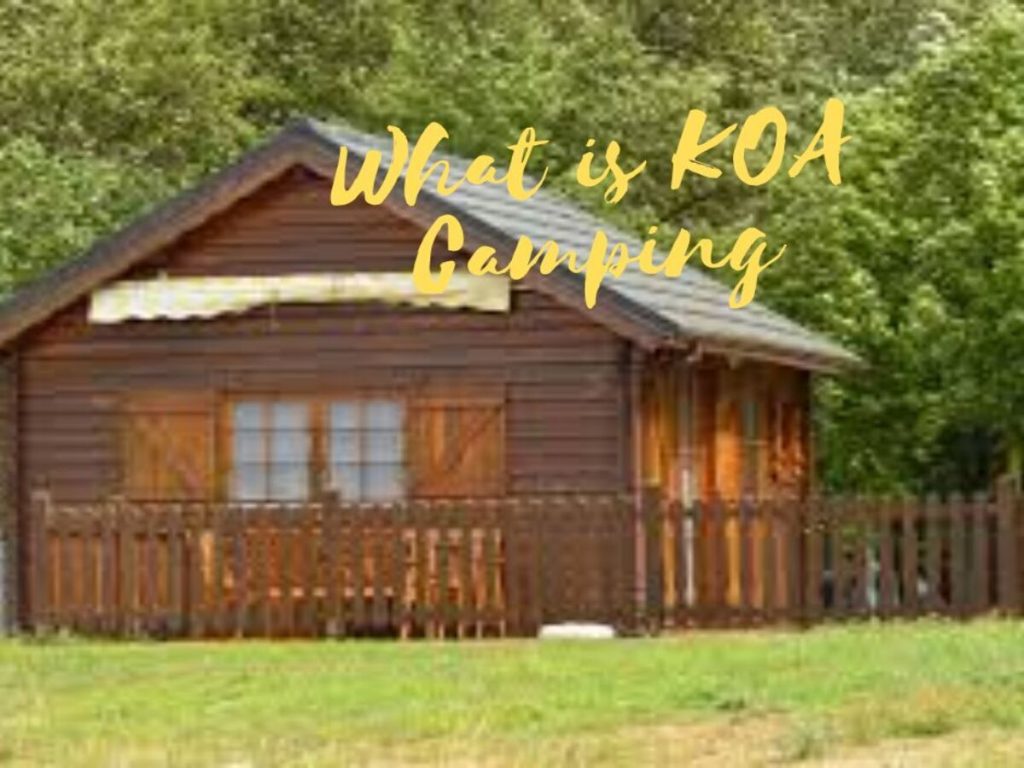Leaving your campsite clean and tidy as a camper is essential for your enjoyment and minimizing environmental impact. A clean camp is more pleasant to be around, but it can also help prevent the spread of diseases and protect wildlife. This article will help you with how to keep your campsite clean.
The following tips will help you keep your campsite clean before, during, and after your trip:
Before you leave:
Table of Contents
Toggle- Pack out all trash and debris. This includes food packaging, used toilet paper, and any other waste you bring.
- Leave the campsite as you find it. If you notice any trash or debris left by previous campers, do your part and pick it up before you go.
During your stay:
- Use designated campsites and trash receptacles. Many campgrounds and parks have designated campsites and trash bins for campers to use. These are in place to help keep the area clean and protect the environment.
- Practice proper food storage and disposal. Proper food storage can help prevent attracting unwanted visitors such as bears or other wildlife. Follow the guidelines for your campsite and store food items in a bear-proof container or in your car if necessary. When it comes to food waste, properly dispose of it in a designated trash receptacle.
- Properly dispose of grey water and human waste. Grey water is used for washing dishes, taking showers, and other non-septic activities. It’s important to properly dispose of grey water to prevent it from contaminating the environment. The same goes for human waste. Many campgrounds have designated toilets, but if you’re backpacking or in a remote area, be sure to follow proper disposal techniques to prevent contamination of the environment.
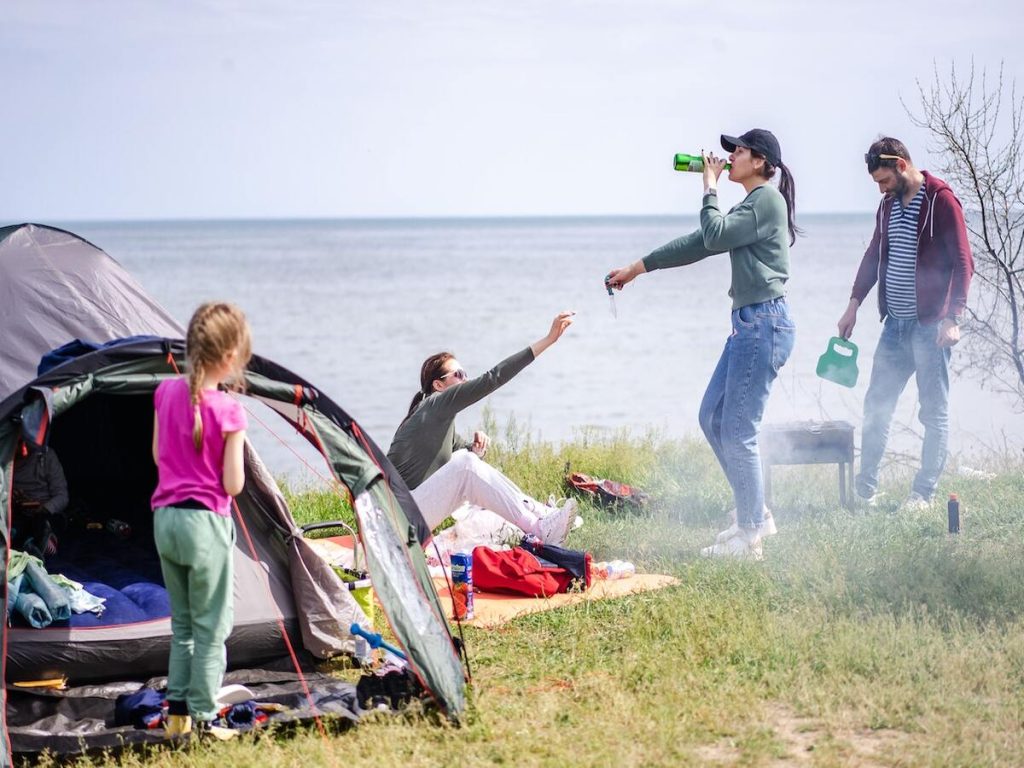
Keeping your campsite clean:
- Follow Leave No Trace principles. Leave No Trace is a set of guidelines that helps campers minimize their environmental impact. These principles include respecting wildlife, being considerate of other campers, and leaving the area better than you found.
- Use a camping stove instead of building a fire. Campfires can be a great way to cook food and enjoy the outdoors, but they can also leave a lasting impact on the environment. Consider using a camping stove instead, which is a more environmentally-friendly option. Use a designated fire pit and follow local fire regulations if you have a campfire.
- Use a designated fire pit and follow local fire regulations. Many campgrounds have set fire pits for campers to use, which helps to prevent accidental fires and protect the environment. Be sure to follow local fire regulations and properly extinguish your fire when you’re done.
20 Quick Tips for keeping the Campsite Clean
- Pack out all trash and debris when you leave
- Leave the campsite as you found it
- Use designated campsites and trash receptacles
- Practice proper food storage and disposal
- Properly dispose of greywater and human waste
- Follow Leave No Trace principles
- Use a camping stove instead of building a fire
- Use a designated fire pit and follow local fire regulations
- Keep the campsite free of litter and debris
- Use reusable dishes, utensils, and cups instead of disposable ones
- Use biodegradable soap and cleaning products.
- Don’t wash dishes in natural water sources
- Store food in a bear-proof container or your car if necessary
- Keep your campsite organized and clutter-free
- Dispose of cigarette butts properly
- Recycle when possible
- Avoid using pesticides or insecticides
- Don’t dig trenches or create new paths
- Respect wildlife and keep a safe distance from animals
- Educate others about the importance of keeping the campsite clean.
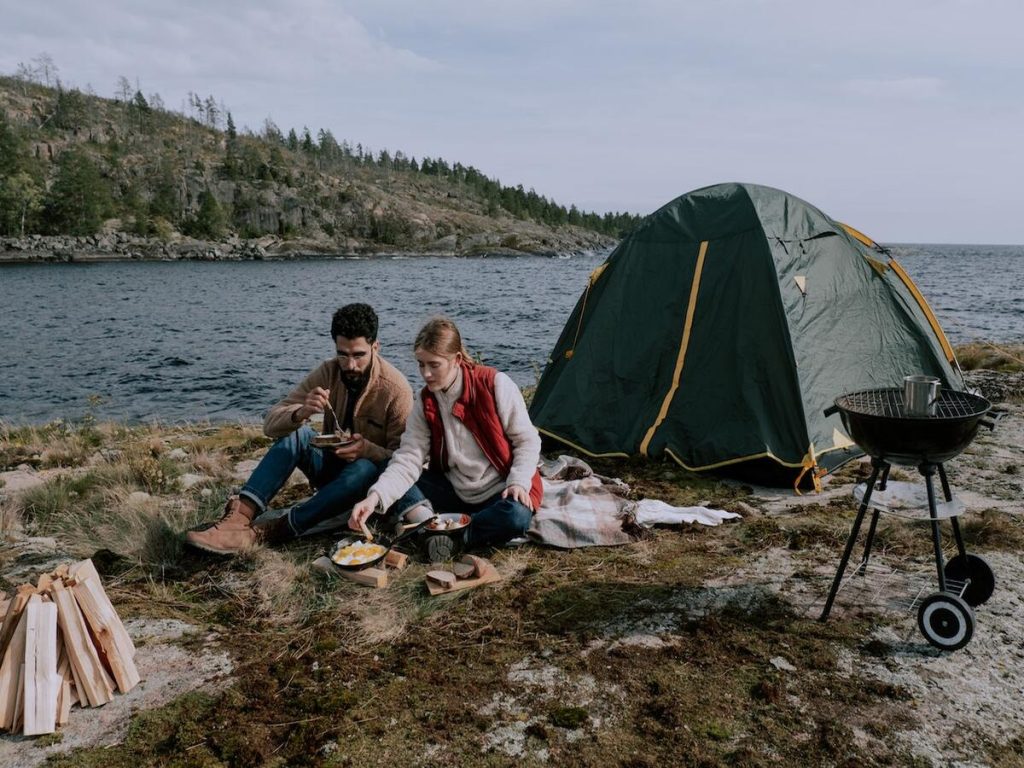
Conclusion
Keeping your campsite clean is an integral part of any camping trip. Not only is it more pleasant to be around, but it also helps to protect the environment and prevent the spread of diseases. By packing out all trash and debris, using designated campsites and trash receptacles, practicing proper food storage and disposal, and following Leave No Trace principles, you can help to keep your campsite clean and tidy.
Consider using a camping stove instead of building a fire, and if you choose to have a campfire, be sure to use a designated fire pit and follow local fire regulations.
By following these guidelines, you can enjoy the great outdoors while minimizing your environmental impact.
FAQs
How do you stay clean without showering?
There are several ways you can stay clean without one if you can not approach a shower. Here are a few options:
- Use baby wipes or wet wipes for adults to clean your body. These are convenient and easy to use and can help to remove sweat and dirt from your skin.
- Use dry shampoo or powder to freshen up your hair. Dry shampoo can help to absorb excess oil and give your hair a fresh scent.
- Take a sponge bath using a water basin and a washcloth. This can help to remove sweat and dirt from your skin and is a good option if you don’t want to get completely wet.
- Use hand sanitizer or wipes to clean your hands. This can help to kill germs and bacteria and is especially important if you don’t have access to soap and water.
- Wear clean clothes. Changing into clean clothes can help you feel fresher and more put together, even if you don’t have the opportunity to shower.
It’s also essential to remember that going a few days without showering is okay if you don’t have access to one. Just practice good hygiene by washing your hands regularly and using wipes or sanitizer to clean your body as needed.
How do you clear a campsite?
To clear a campsite, follow these steps:
- Pack your gear and put it in your car or designated storage area.
- Please dispose of all trash properly by placing it in designated trash bags and disposing of it in a trash bin or taking it with you to dispose of it properly when you leave.
- Remove any debris or litter accumulated during your stay, including food scraps, cigarette butts, and other trash.
- If you build a fire, ensure it is completely extinguished and the surrounding area is clean.
- If you use any restrooms or showers, ensure they are clean and well-stocked for the next group of campers.
- Leave the campsite in the same or better condition than you found it. This includes respecting any flora and fauna in the area and not damaging any natural features.
Following these steps can help maintain the campsite’s beauty and cleanliness for future visitors.
Thanks for reading!
